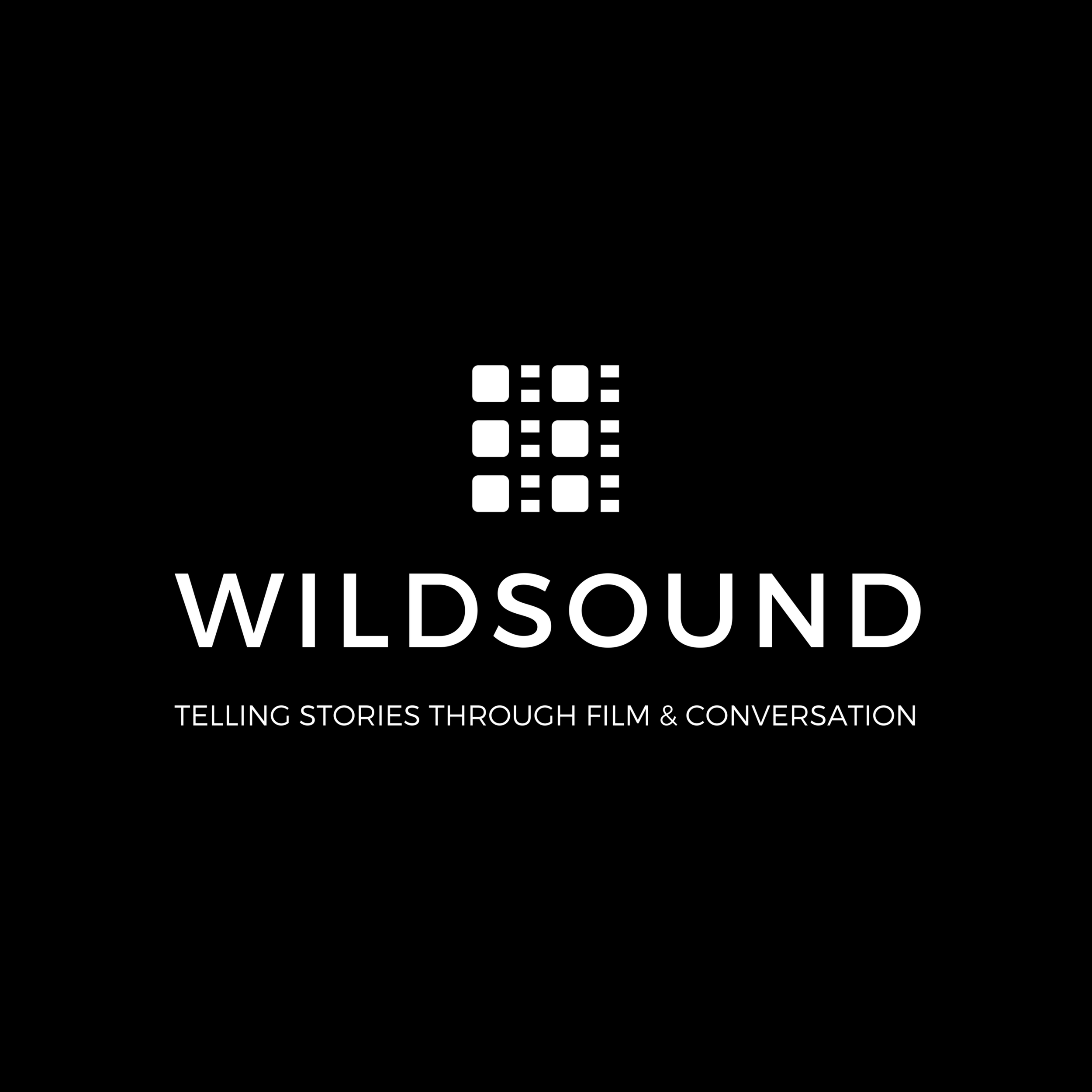Every Friday Matthew and Kierston meet up to discuss the festival from the night before. Every Thursday at the Carlton Cinema in Toronto, WILDsound screens amazing films from around the world. Last night it was our Drama/Crime and Under-Five-Minute night. Let's hear about what the audience was like, and what the films were like as well!
A showcase of 12 short films from around the world:
#1 - UNEARTHED, 9min., USA, Drama/Crime
Directed by Daniel Bergeson
A mother must come to terms with her guilt after committing a heinous crime of vengeance.
#2 - SNIP, 6min., New Zealand, Drama/Crime
Directed by Kenneth Clark
A new hair style can change your life.
#3 - KALTRINA, 10min., Drama/Crime
Directed by Evi Stamatiou
Centers around Kaltrina, a nurse from Kosovo who lives and works in NY and the conflicts that occur when a stranger who breaks into her apartment.
#4 - THE GHOULIES, 5min., Australia, Drama/Crime
Directed by Harrison Lane
Two brothers have their relationship tested when 11 year old Cooper wants to become a part of his older brother's gang.
#5 -PERSONA, 2min., UK, Animation/Experimental
Directed by Thomas Donnelly
Persona is a metaphorical film which uses masks in order to depict the destructive nature of Communism in pre-Soviet Russia
#6 - GIRL IN YELLOW, 3min., USA, Drama/Family
Directed by Christopher Tjajadi
A switch in perspective reveals that nothing is as it seems.
#7 - BROTHERS, 5min., USA, Drama/Family
Directed by Randy Kerr
Set in the Pacific Northwest, three brothers find refuge and redemption from a troubled home through their love of fly fishing for steelhead and the enduring relationships they forge on the river.
#8 - KCLOC, 3min., India, Documentary/Animation
Directed by Ninaad Kulkarni
KCLOC is a 3D animated documentary on people's perceptions of time. A selection of brief interviews provide the voices for ten meticulously designed CGI clock characters, in a variety of real-world settings, as they respond to a single question: "What does time mean to you?"
#9 - THE CORD, 5min., USA, Drama
Directed by Catherine L. Allard
Adam and his friends enter the house. The mood is going to turn cold. He is about to do something that will change everything. His mind is made up. He is ready to cut the cord.
#10 - NOT THE SAME RIVER. NOT THE SAME MAN, 4min., Animation/Experimental
Directed by Michelle Brand
A fisherman takes his boat out on the river. While he and his surroundings are in a constant flow, the viewer observes the passing of time, watching everything go through movement and change. In an ever-flowing cycle, things come to be, change, evolve, and pass on....
#11 - IN THROUGH THE NIGHT, 4min., Drama/Experimental
Directed by Josiah Cuneo
By recalling a childhood story, a world of daydreams and longing unfold against a quiet backdrop of the quotidian.
#12 - FIREFLIES, 3min., UK, Drama
Directed by Aram Atkinson
Camping is a magical time for any child, but for this particular young girl and her father, it is an experience they'll never forget. Fireflies is about the dedication and love of a father to his daughter, and the mysterious and magical things that can happen when you let your imagination run wild





















